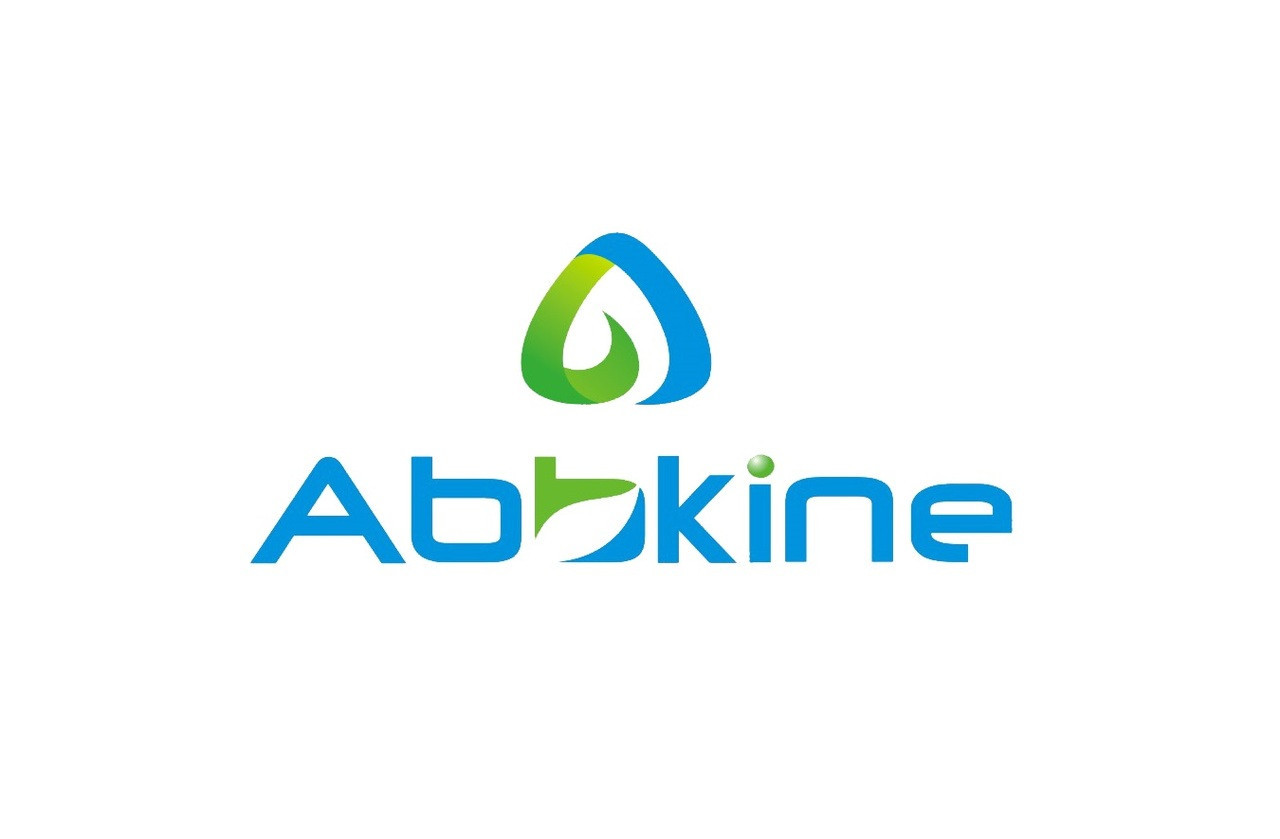Product Description
Human Pyrroline-5-carboxylate reductase 1, mitochondrial (PYCR1) ELISA Kit | KTE61023 | Abbkine
Application: This Human Pyrroline-5-carboxylate reductase 1, mitochondrial (PYCR1) ELISA Kit employs a two-site sandwich ELISA to quantitate PYCR1 in samples. An antibody specific for PYCR1 has been pre-coated onto a microplate. Standards and samples are pipetted into the wells and anyPYCR1 present is bound by the immobilized antibody. After removing any unbound substances, a biotin-conjugated antibody specific for PYCR1 is added to the wells. After washing, Streptavidin conjugated Horseradish Peroxidase (HRP) is added to the wells. Following a wash to remove any unbound avidin-enzyme reagent, a substrate solution is added to the wells and color develops in proportion to the amount of PYCR1 bound in the initial step. The color development is stopped and the intensity of the color is measured.
Detection Method: Colorimetric
Conjugate: N/A
Sample Type: Cell culture supernatants#Serum#Plasma#Other biological fluids
Assay Type: Multiple steps standard sandwich ELISA assay with a working time of 3-5 hours. It depends on the experience of the operation person.
Kit Component: • Human Pyrroline-5-carboxylate reductase 1, mitochondrial microplate
• Human Pyrroline-5-carboxylate reductase 1, mitochondrial standard
• Human Pyrroline-5-carboxylate reductase 1, mitochondrial detect antibody
• Streptavidin-HRP
• Standard diluent
• Assay buffer
• HRP substrate
• Stop solution
• Wash buffer
• Plate covers
Features & Benefits: Human Pyrroline-5-carboxylate reductase 1, mitochondrial (PYCR1) ELISA Kit has high sensitivity and excellent specificity for detection of Human PYCR1. No significant cross-reactivity or interference between Human PYCR1 and analogues was observed.
Calibration Range: Please inquire
Limit Of Detection: Please inquire
Usage Note: • Do not mix components from different kit lots or use reagents beyond the kit expiration date.
• Allow all reagents to warm to room temperature for at least 30 minutes before opening.
• Pre-rinse the pipet tip with reagent, use fresh pipet tips for each sample, standard and reagent to avoid contamination.
• Unused wells must be kept desiccated at 4 °C in the sealed bag provided.
• Mix Thoroughly is very important for the result. It is recommended using low frequency oscillator or slight hand shaking every 10 minutes.
• It is recommended that all samples and standards be assayed in duplicate or triplicate.
Storage Instruction: The unopened kit should be stored at 2 - 8°C. After opening, please store refer to protocols.
Shipping: Gel pack with blue ice.
Precaution The product listed herein is for research use only and is not intended for use in human or clinical diagnosis. Suggested applications of our products are not recommendations to use our products in violation of any patent or as a license. We cannot be responsible for patent infringements or other violations that may occur with the use of this product.
Background: PYCR1 catalyzes the NAD (P) H-dependent conversion of pyrroline-5-carboxylate to proline. This enzyme may also play a physiologic role in the generation of NADP (+) in some cell types. The protein forms a homopolymer and localizes to the mitochondrion. Alternate splicing results in two transcript variants encoding different isoforms.The 1, 810-bp cDNA hybridized to a 1.85-kb mRNA in samples from human cell lines and predicated a 319-amino acid, 33.4-kD protein. PYCR1 protein colocalized with various mitochondrial markers, including delta-1-pyrroline-5-carboxylate synthetase (P5CS), which also belongs to the proline metabolic pathway. Knockdown of the orthologous genes in Xenopus and zebrafish led to epidermal hypoplasia and blistering that was accompanied by a massive increase in apoptosis.
Alternative Names: PYCR1; ARCL2B; P5C; P5CR; PIG45; PP222; PRO3; PYCR; P5C reductase; proliferation-inducing protein 45
Search name: PYCR1; ARCL2B; P5C; P5CR; PIG45; PP222; PRO3; PYCR; P5C reductase; proliferation-inducing protein 45
Tag: PYCR1
 Euro
Euro
 USD
USD
 British Pound
British Pound
 NULL
NULL












